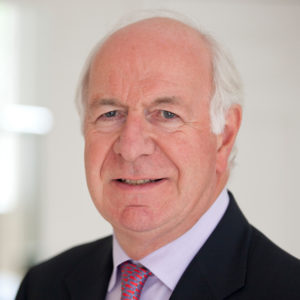medwireNews: Researchers have detected a global increase in the incidence of thyroid cancer among children and adolescents similar to that reported for the adult population, raising concerns that screening-related overdiagnosis may also be occurring in young people.
“The possible consequences for individuals that are overdiagnosed include unnecessary treatments, the need to undergo lifelong medical care, and potential side effects, which could negatively affect quality of life”, write Salvatore Vaccarella, from the International Agency for Research on Cancer in Lyon, France, and co-authors in in The Lancet Diabetes & Endocrinology.
“We suggest that the existing recommendation against screening for thyroid cancer in the asymptomatic adult population who are free from specific risk factors should be extended to explicitly recommend against screening for thyroid cancer in similar populations of children and adolescents.”
The investigators collated information from the International Incidence of Childhood Cancer Volume 3 study database, the WHO mortality database, and cancer incidence in five continents database, allowing calculation of incidence rates for 49 countries and mortality rates in 27 countries.
The age-standardised incidence rate of thyroid cancer between birth and age 19 years between 2008 and 2012 was lowest in Uganda and Kenya and highest in Belarus, at 0.4 and 13.4 cancers per million person–years, respectively.
The incidence of thyroid cancer was higher in girls than boys, with rates of 0.6–20.4 versus 0.3–6.8 cancers per million person–years.
While countries generally had a rate of less than 1.5 cancers per million person–years for children younger than 10 years, rates increased with age to differing extents across countries, rising to over 40.0 cancers per million person–years for girls aged 15–19 years in South Korea, Puerto Rico, Belarus, Czech Republic, Italy, Canada and the USA.
Further analysis identified increases in the rates of diagnosis in most countries between 1998–2002 and 2008–2012, reaching significance in 44% and 31% of 32 countries for girls and boys, respectively.
Of 8049 thyroid cancers identified, 86.2% were papillary carcinomas, 8.5% follicular carcinomas and 3.8% medullary carcinomas, while 0.8% of cancer had an unspecified subtype.
“A notable finding of our study was the large geographical heterogeneity in observed incidence rates, which is explained by differences in the rates of detection of papillary carcinoma, the type of thyroid cancer that can be found in a subclinical form”, Vaccarella et al say.
Moreover, they report a “strong country-level correlation” between their detected increases in children aged 10–19 years and previously reported data for adults in 2008–2012, including for South Korea and the USA.
However, thyroid cancer mortality between 2008 and 2012 in every country studied remained below 0.1 deaths per million person–years, so that there were fewer than 10 deaths per year across all the countries combined.
Discussing the findings in an accompanying comment, Martin Schlumberger and co-authors from Institut Gustave Roussy in Villejuif, France, note that diagnosis of subclinical thyroid cancer in children has not been shown to result in a survival benefit.
“Later treatment of clinical thyroid cancer in young adults provides excellent long-term results”, they note, whereas “overdiagnosis might transform a child into a thyroid cancer patient for the rest of their life, and overtreatment might induce complications and possibly lead to the requirement of lifelong thyroid hormone treatment.”
They therefore agree that “screening with ultrasonography should not be recommended in asymptomatic children and adolescents.”
By Lynda Williams
medwireNews is an independent medical news service provided by Springer Healthcare Ltd. © 2021 Springer Healthcare Ltd, part of the Springer Nature Group


